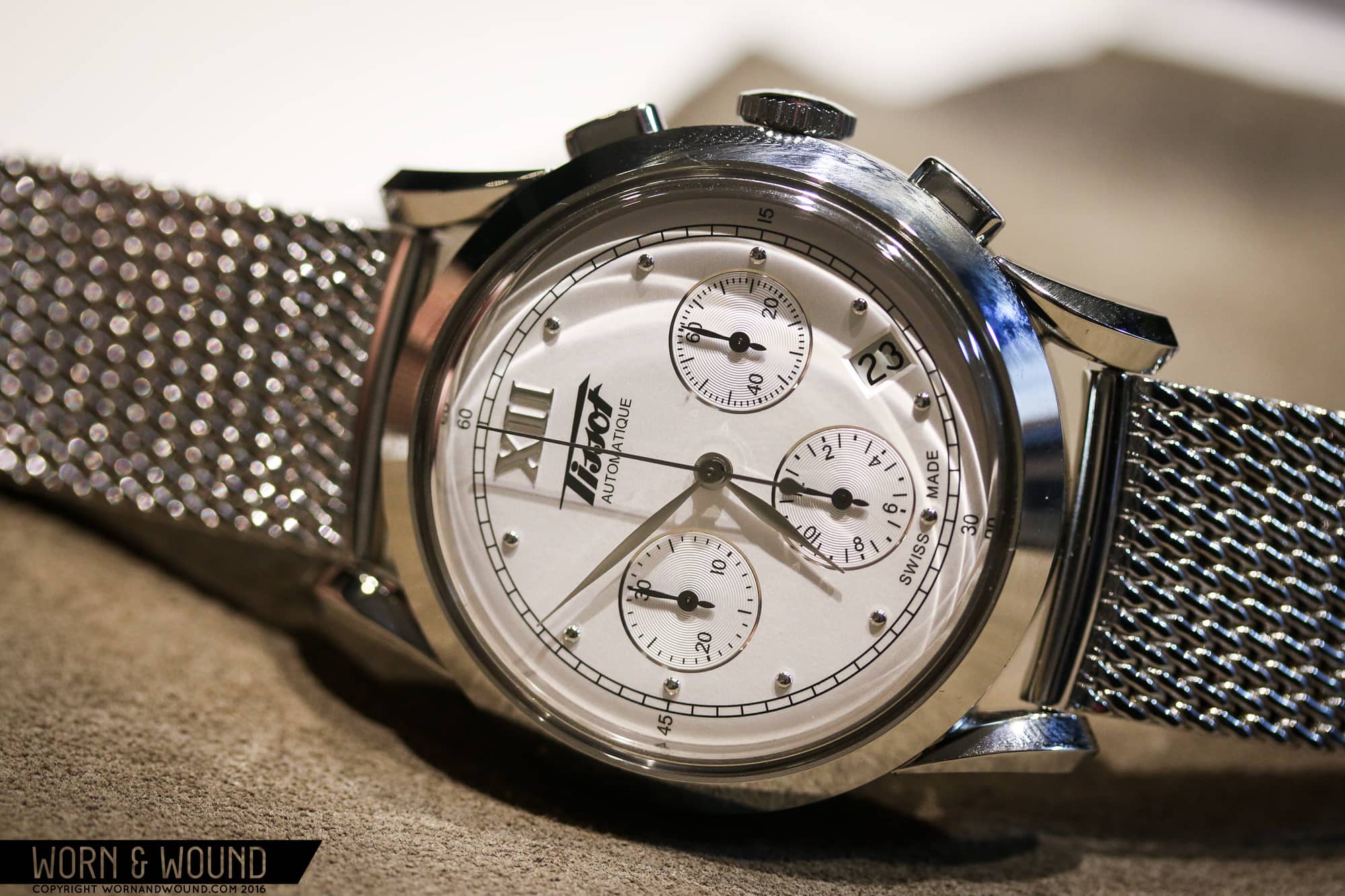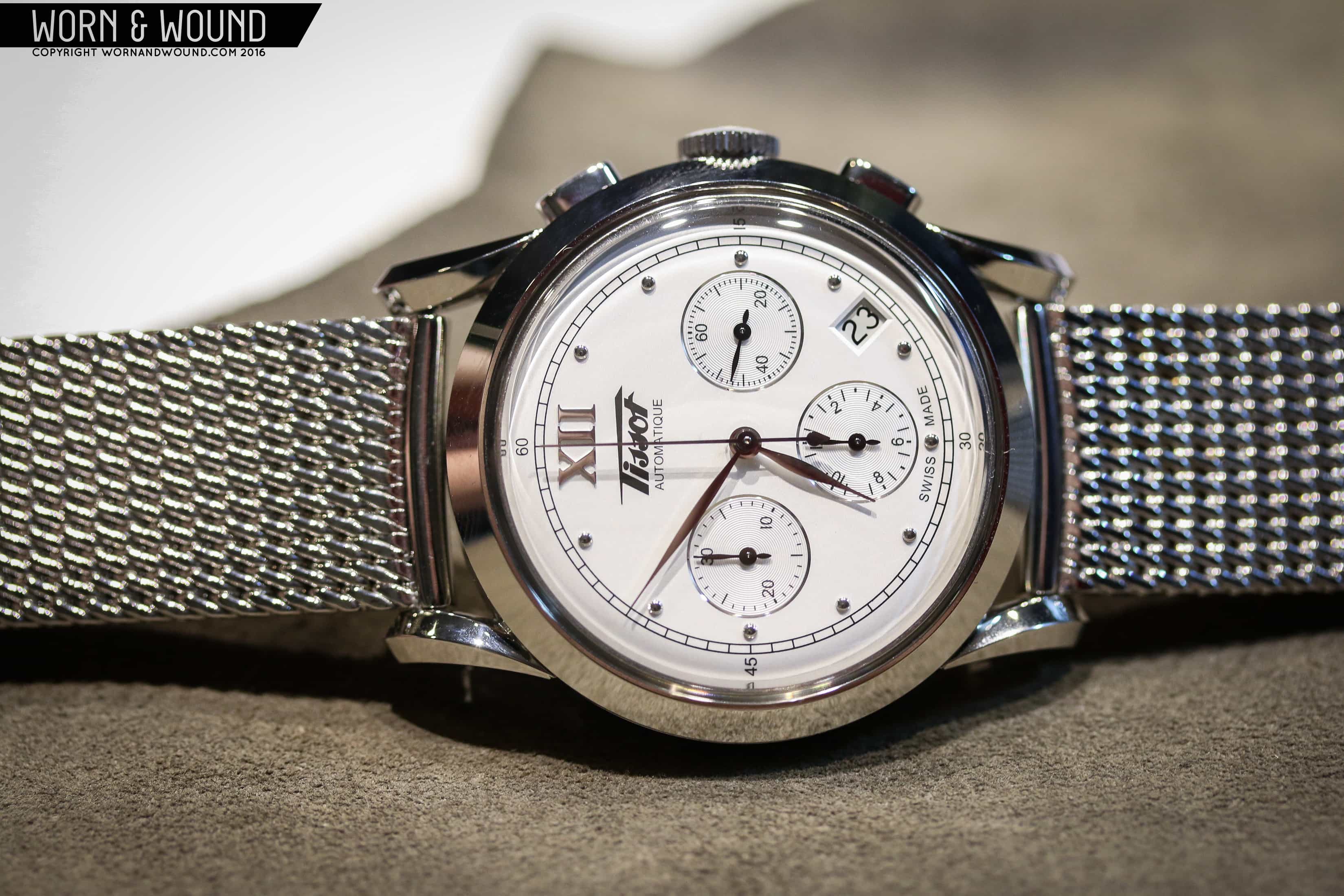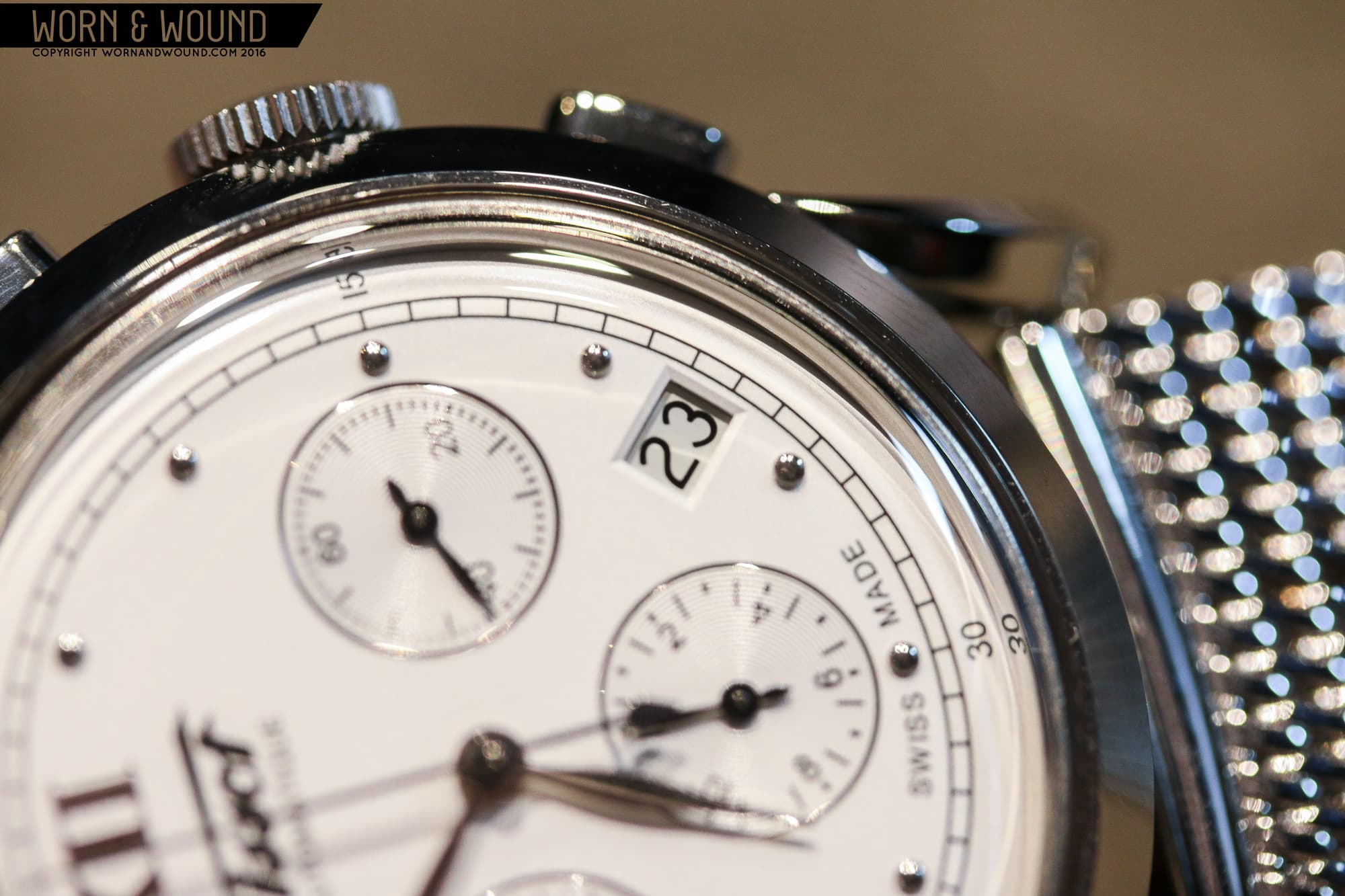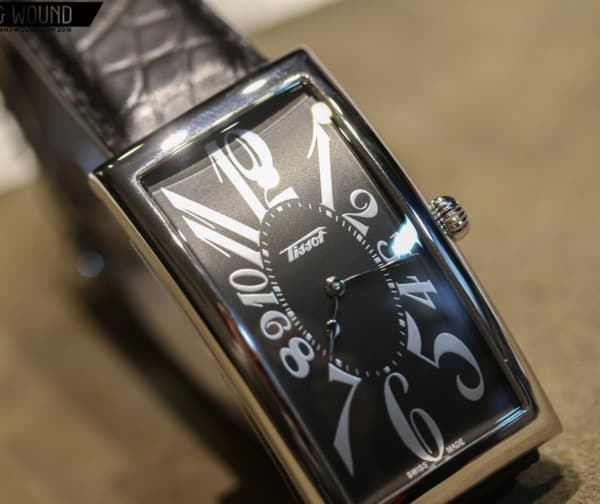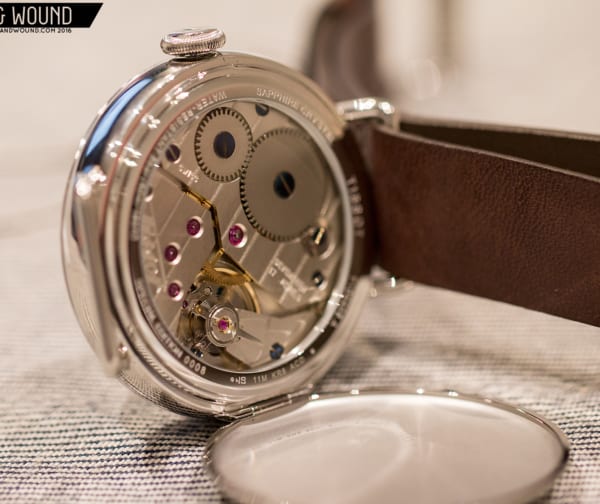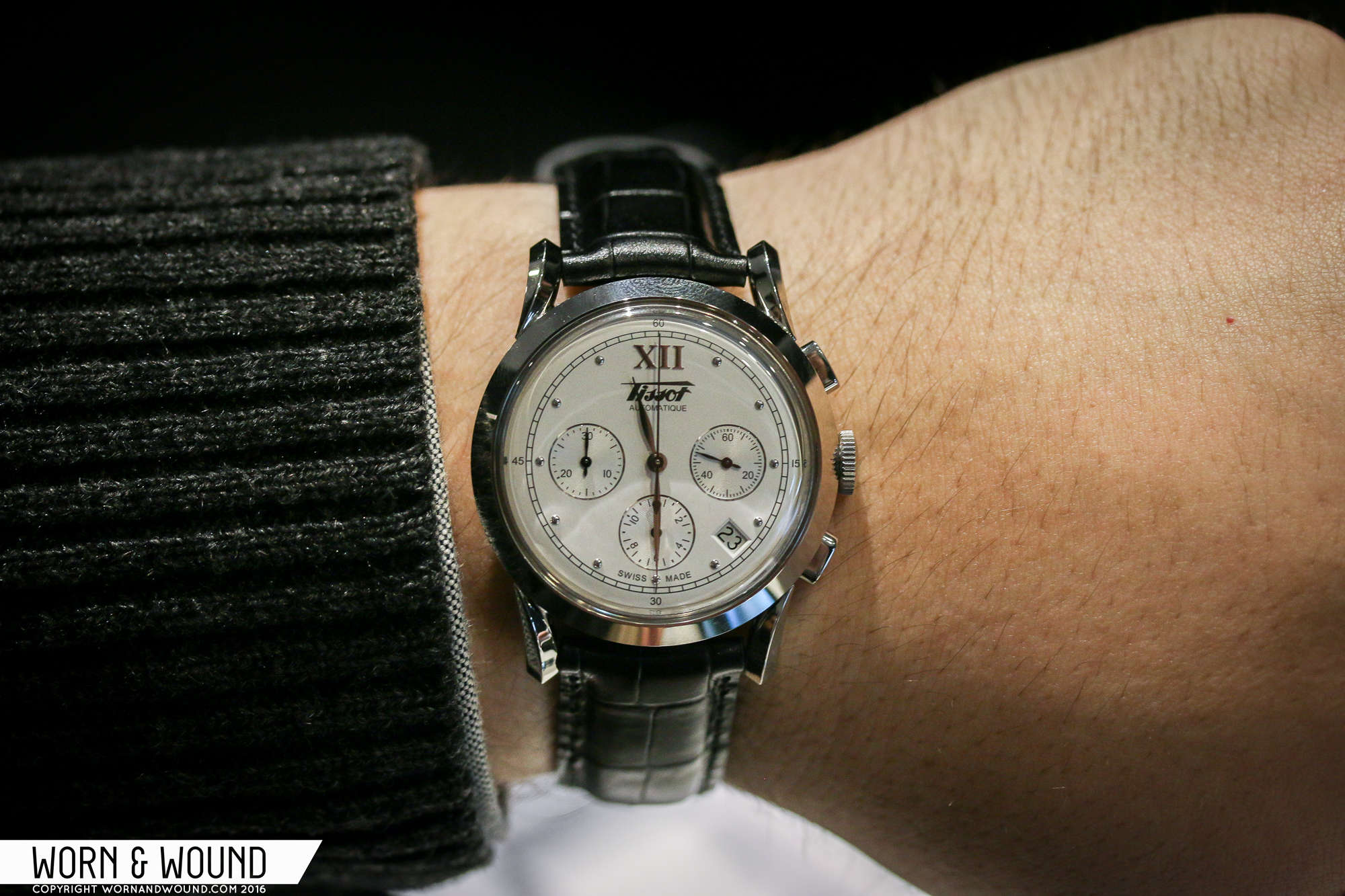Vintage-inspired chronographs are, if you’ll forgive the pun, old news by now. The horological world has been churning out some incredible classic style pieces for several years, and there’s no sign of that trend slowing down. However, the majority of these old-school watches so far have pulled from the designs of the ‘60s and ‘70s. The much newer trend gaining steam in the past year or so, though, looks back further to the styles of the ‘30s and ‘40s. Tissot laid serious claim to this territory at this year’s Baselworld with the stunning Heritage 1948 Chronograph, a well-proportioned new effort with some fascinating details.
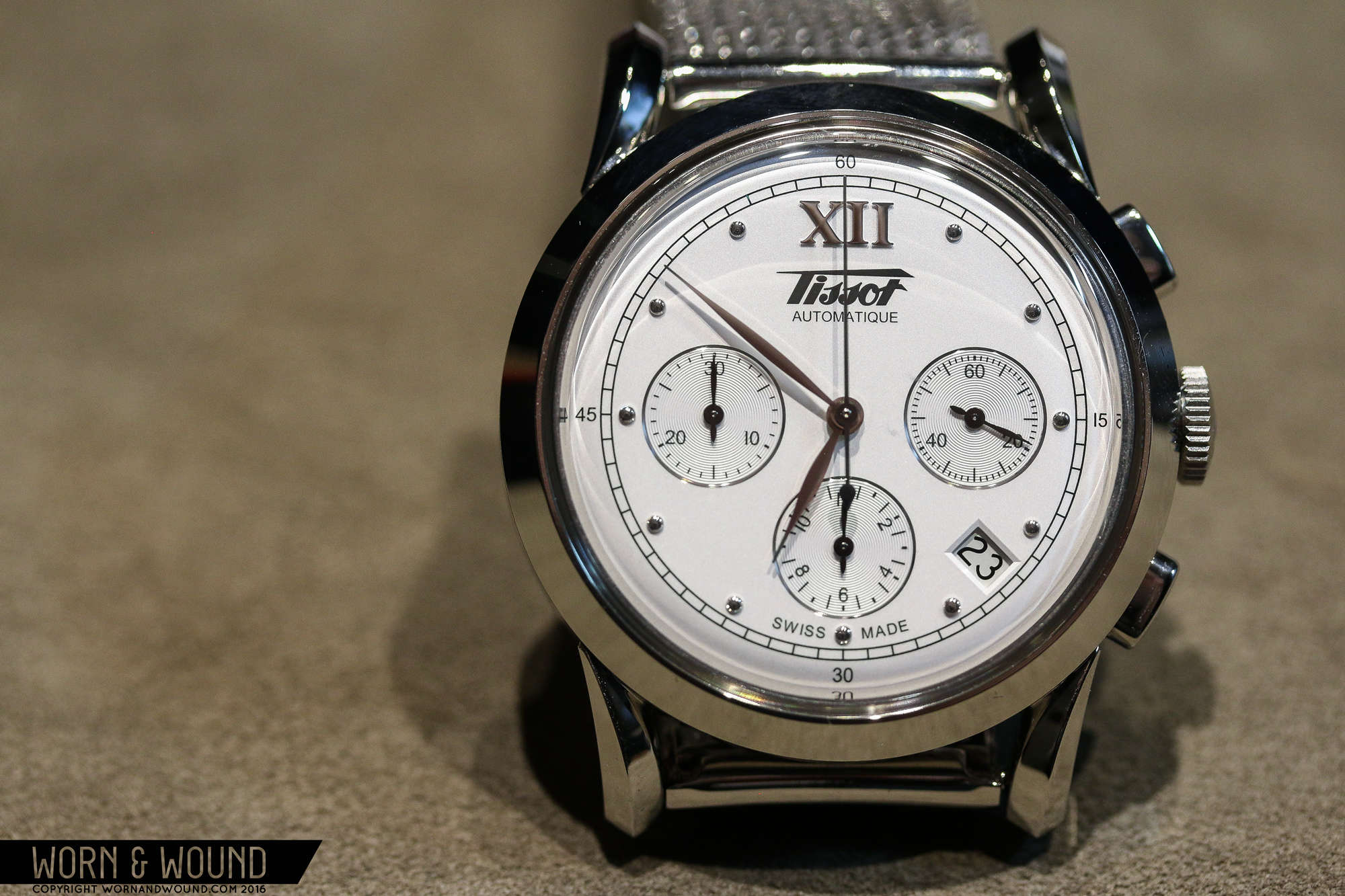
The case of the Heritage 1948 Chronograph is undoubtedly the most interesting part of the watch, coming in at a pleasingly modest 39.5 millimeters. Viewed from above, it’s all polished surfaces, with a simple flat bezel producing clean, elegant highlights. Framing this circle are the Heritage 1948 Chronograph’s crown jewel–the ornate twisted lugs. Wide-set for a masculine stance, but delicately tapered, these lugs add a hefty dose of period class to an otherwise simple form. At nine o’clock there’s a wide, flat pillbox crown signed with the Tissot “T” and flanked by classic, flat chronograph pushers.









 Featured Videos
Featured Videos




